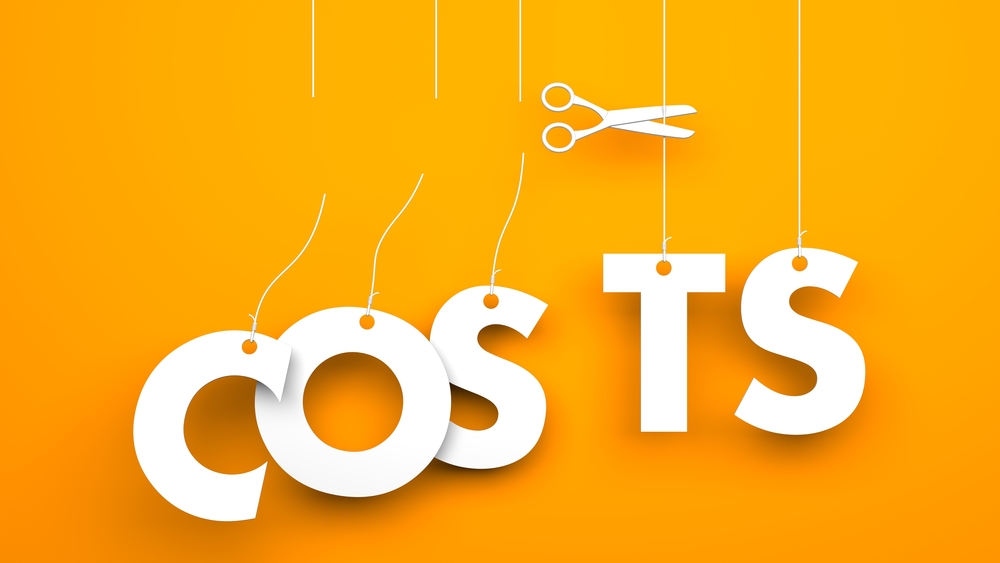How To Choose The Right Inventory Management System?
How do you know which inventory management system is right for you? Find out how you can narrow down your search for the best inventory management system.


Discover the benefits of AccelGrid

Convert more leads into revenue

Manage orders at scale

Streamline billing and get paid on time

Rock-solid inventory control

Optimize your supply chain

Switch to lean manufacturing

Sell anywhere, anytime with mobile POS

Simplify accounting and grow your business

Sell more with integrated eCommerce

AI-powered demand forecasting
Convert more leads into revenue
Manage orders at scale
Rock-solid inventory control
Streamline billing and get paid on time
Optimize your supply chain
Achieve lean manufacturing
Sell more with integrated eCommerce
Sell anywhere, anytime with mobile POS
AI-powered demand forecasting
Simplify accounting and grow your business

Businesses often struggle to stay profitable amid rising expenses and uncertain economic conditions. Companies turn to drastic measures, including laying off employees, reducing pay, and shutting down facilities to improve their bottom line. However, most business owners overlook their inventory overheads before turning to more severe actions. Inventory carrying costs or the cost of inventory can account for as much as 30% of your total inventory costs. Reducing your inventory carrying costs can make a significant impact on your profitability.
Before we go ahead and explore different ways to reduce your inventory carrying cost, let’s find out what the cost of inventory means. The cost of inventory is the “carrying cost” of holding, storing, and managing inventory over a certain period. Often expressed as a percentage value, inventory costs include purchasing costs, taxes, labor costs, insurance, security, transportation, and handling.
1. Calculate inventory holding cost by adding up your inventory cost components such as inventory service cost, inventory risk cost, capital cost, and storage cost.
2. Determine the total value of your inventory.
3. Divide the inventory holding cost by the total value of inventory and multiply by 100.
Carrying cost (%) = (Inventory service cost + Inventory risk cost + Capital cost + Storage cost) / Total value of inventory x 100
Most businesses don’t realize that inventory cost, when left unchecked, can add up very quickly and decrease profitability. In this article, we’ll examine some simple ways to reduce your inventory carrying costs.
Holding too much inventory increases than you need increases your inventory holding costs and takes up valuable warehouse space. The first step in reducing your inventory cost is to get rid of any obsolete and slow-moving items. Begin by calculating the inventory turnover ratio for your stock items to understand their demand. Once you have identified slow-moving items, the next step is to decide how you will get them out of your inventory. You can try bundling your product to sell more of it or discount them.
A minimum order quantity (MOQ) is the smallest amount or number of an item that a company will supply. Suppliers and manufacturers use MOQs as a strategy to unload more of their inventory on retailers and wholesalers. There are legitimate reasons why a supplier or manufacturer might have a MOQ policy. MOQs can be detrimental when you are trying to control your inventory cost, as it often results in you having to carry more inventory than you need. You can get around MOQs by negotiating with your supplier to reduce or, ideally, drop MOQ altogether. This strategy will likely cause your unit cost to increase marginally. However, you will be able to lower your inventory holding costs and associated risks.
A safety stock formula will help you decide when you need to reorder your stock and how much inventory you should carry to meet demand. Identifying safety stock for your inventory can ensure that you never order too much and risk overstocking or order too little and risk stockouts.
A well-organized warehouse will help you efficiently store your inventory and quickly pick it later. How you organize your inventory in your warehouse directly impacts travel time to pick orders and the odds of misplaced inventory. An optimal warehouse layout will reduce labor costs and speed up fulfillment.
Just-in-time (JIT) inventory is an inventory optimization strategy that manufacturers utilize to increase efficiency and decrease waste. The end goal is to reduce inventory and inventory holding costs by aligning orders for raw materials from suppliers with production schedules. JIT facilitates significant inventory cost reduction by ordering exactly the right amount of inventory you need and when you need it.
Partnering with vendors who can meet your inventory demand within the shortest lead time is key to reducing your inventory cost. A shorter lead time means that you can order less stock more frequently and decrease your safety stock.
Demand forecasting is the process of making calculated predictions about the demand for products over a period using historical demand data. Demand forecasting enables companies to make data-backed purchase decisions and plan their inventory. With reliable forecasts, you can order just the right amount of stock to meet demand throughout the year. It also helps you identify dead stock and uncover demand trends to make well-informed inventory decisions.
We’ve seen how each of the steps above can help reduce your cost of inventory. However, it is crucial to choose the right set of strategies depending on your business’s nature and goals. Lowering the cost of inventory becomes much easier with better inventory management. A cloud-based inventory management system can give you real-time visibility into your inventory, assist with demand forecasting and plan your inventory better.
How do you know which inventory management system is right for you? Find out how you can narrow down your search for the best inventory management system.
Learn about the signs that indicate that your inventory tracking could use some improvement and how you can fix common inventory tracking challenges.
A BoM software improves the visibility of product data, ensures that teams access the latest revision, and helps you accurately estimate costs and lead time.